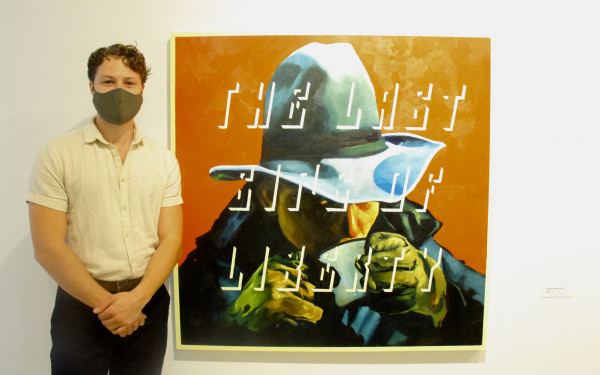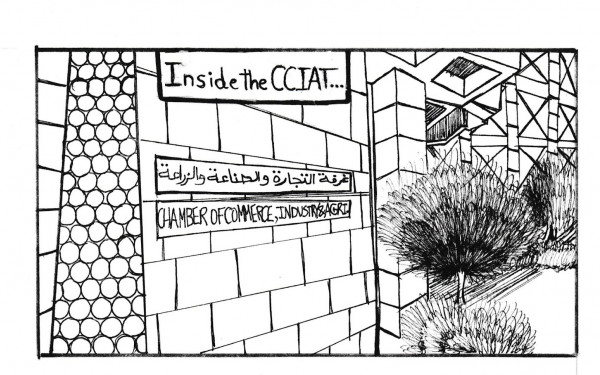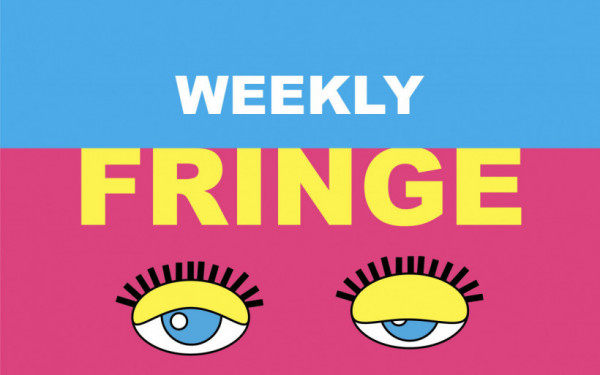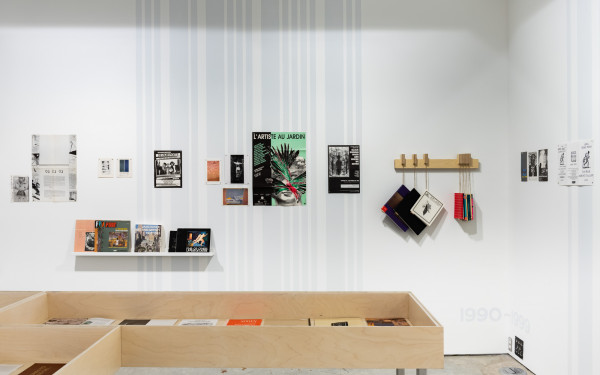Flowers and Nature At the Forefront of Galerie Hexad’s Latest Show
‘Art and the Passing of Time’ Showcases Artworks From Emergent Concordia Artists
Rian Goldman hopes to have a flower farm someday.
“I started working in flower shops by accident when I was in university studying education,” she said.
She was privy to the ins and outs of the business, witnessing flowers being imported and treated in a way that wasn’t always eco conscious. She developed an interest in the environment, and switched to a major in urban planning.
Goldman has been doing floral arrangements since 2011, but her involvement in Galerie Hexad’s latest show Still Alive: Art and the Passing of Time was the beginning of her feeling like an artist.
The show ran between Sept. 3 and 10 at Atelier Galerie 2112. The Galerie Hexad is co-founded by Meriam B. Demers and Marnie G.-Vitullo, who met in their early years in the fine arts program at Concordia.
RelatedThe flowers spilled out of the frame and into the room—the exhibition elevated floral arrangements to an artform up to par with the multitude of mediums exhibited.
“Flowers will always be timeless, it’s one of those things. Certain flowers go in and out of style, but not really,” said Goldman.
People tend to overlook floral arrangements and flowers, explained Goldman. “And I think that’s a thing with art as well, people just walk by a piece, and I think it’s just about calling people to notice things a little bit more, their surroundings, nature, and art.”
Goldman placed her arrangements intentionally around the room—which showcased the works of eight artists, many of them Concordia students or alumni—making use of the colours of the artworks. Her involvement does not stop there. Working with multimedia artist Camellia Jahanshahi, Goldman created a series of photographs.
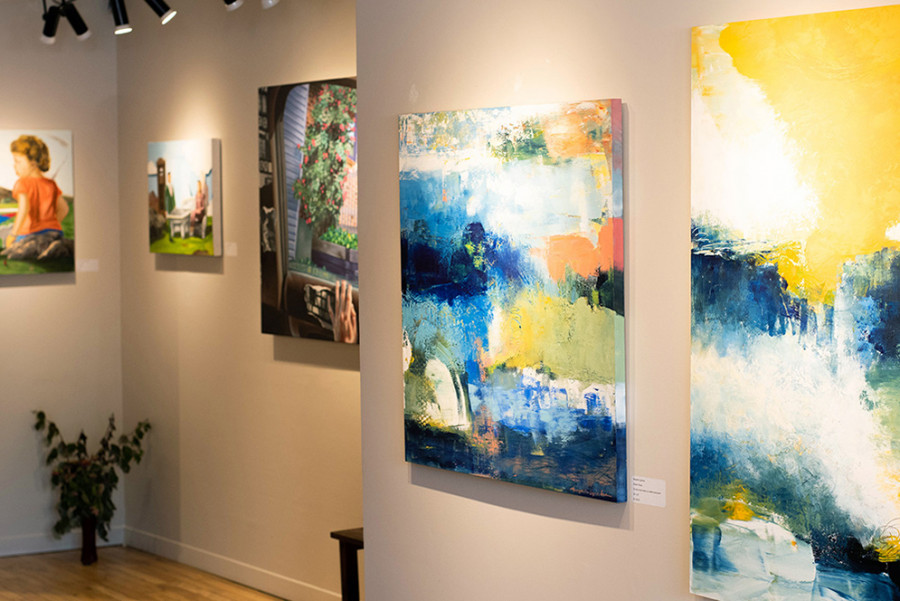
“Marnie said she wanted to pair me with Camellia because she liked our aesthetic together,” said Goldman. “I basically threw her in a pool with a bunch of flowers and that was kind of the beginning of me really feeling like an artist.”
They landed on the colour pink to guide the shoot, and Goldman found flowers she thought were likely to float. A few weeks before the start of the exhibit, Goldman took photos of Jahanshahi in a pool, surrounded by flowers.
At the moment, Galerie Hexad operates mainly online, with a site where people can peruse and buy art. The gallery strives to be a space for art lovers of all levels of experience—they want to be accessible and unpretentious.
“We want to flow between the digital world and the physical world,” said G.-Vitullo. “We want to operate in both, just change the way that art works in the city, offer a different direction.”
They’ve got some works by established artists, such as Margarita Lypiridou, but also exhibit and sell the pieces of emergent artists. They sell original works but also prints, which can be a more affordable medium for some buyers.
“Flowers will always be timeless, it’s one of those things. Certain flowers go in and out of style, but not really.” — Rian Goldman
From photography and silk screen prints to ceramics, Still Alive: Art and the Passing of Time explored the theme of nature.
Having a theme to the exhibit was important to Demers and G.-Vitullo, giving people who don’t necessarily know a lot about art something to hold onto, somewhere to start their exploration of the gallery.
Regarding the theme of “nature, and the flowers that are alive and that wilt with time,” G.-Vitullo explained that it can help viewers understand what’s happening in the gallery, and be able to tell certain artists apart.
The show presents a parallel between nature and art, where nature appears to die but it doesn’t—it’s a cycle, explained Demers. She added that art is stable, but fades much slower.
RelatedFor instance, Alexey Lazarev, having just graduated from Concordia in painting and drawing with a minor in print media, showcased ceramics and prints.
Lazarev’s practice stretches across different mediums. He explained that he would draw something, make it into a ceramic piece, then translate the idea into the print form.
He explained that two of his prints represent a sort of a map—the 24 × 32 inches silk screen prints, Flamingo Road, being pink, orange, and yellow, and Bitter Road, in hues of blue and green, with a touch of orange—are hung side by side.
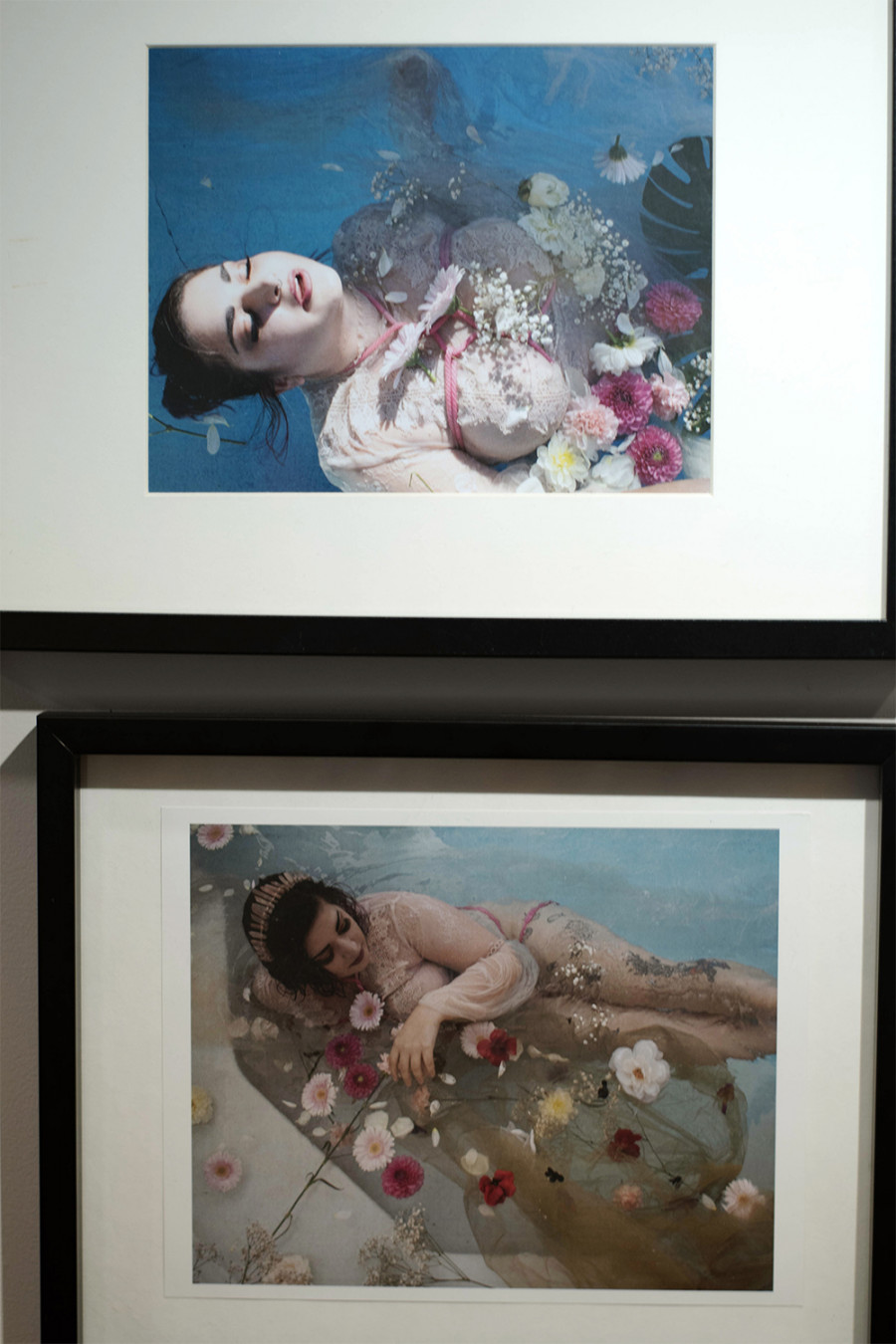
Lazarev chose a “cartoon” style for these prints, to make them more “accessible, not disturbing, and very cute.”
“In a sense, I was inspired by the work of Takashi Murakami,” said Lazarev. “How sometimes he talks about difficult topics, he talks about the violence, but when you look at his work it’s more like flowers and smiley faces. I think I was referencing him, to a certain extent.”
It’s impossible not to consider both pieces at once. The natural elements such as rivers, trees, and valleys seem to offer continuity between both pieces.
The more playful elements, like the rib cage in Bitter Road, nestled between two orange rivers and a blue lake give a sense of temporality. That idea of decay permeates the show, with Goldman’s floral arrangements slowly drying throughout its run.
Lazarev exploits ideas of duality in his practice. He explained that he’s “worked on a series of hybrid creatures that are representative of migration, in the sense that people who come to a new country usually have a dual identity.”
In an exhibit that explores nature and questions its relation to art, Lazarev’s ceramics, often representing body parts such as feet and hands, offer another kind of duality.
While ceramics are made of organic materials, coming from the earth, Demers pointed out that ceramics are inert. This rigidity is not usually associated with nature, which grows and is alive.
“People are a bit intimidated walking into a gallery and just going to see art,” said G.-Vitullo.
“But that’s what we want. We want you to come, to see, to engage, you know, discuss and interact, I feel like we don’t get that enough sometimes.”

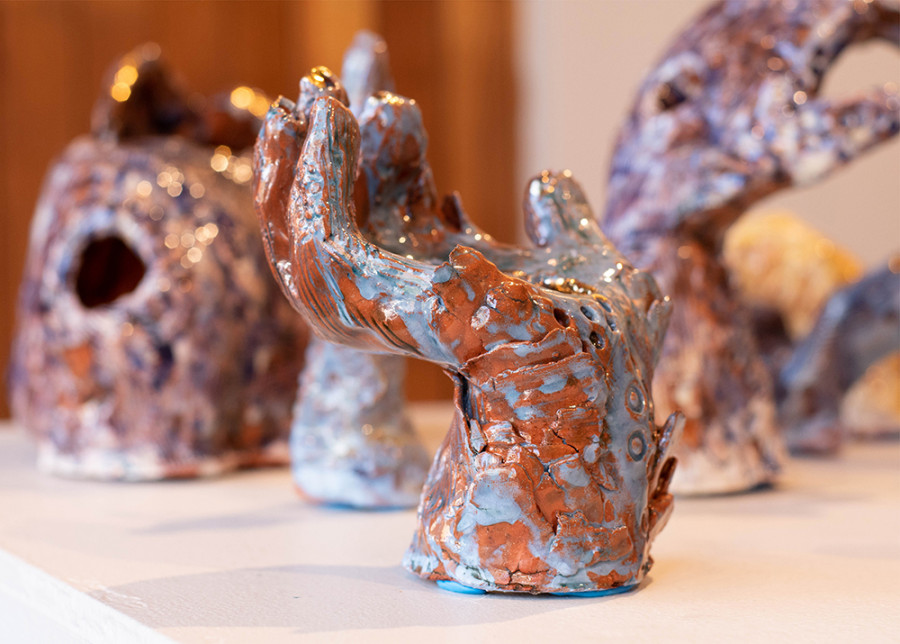
_600_832_s.png)

